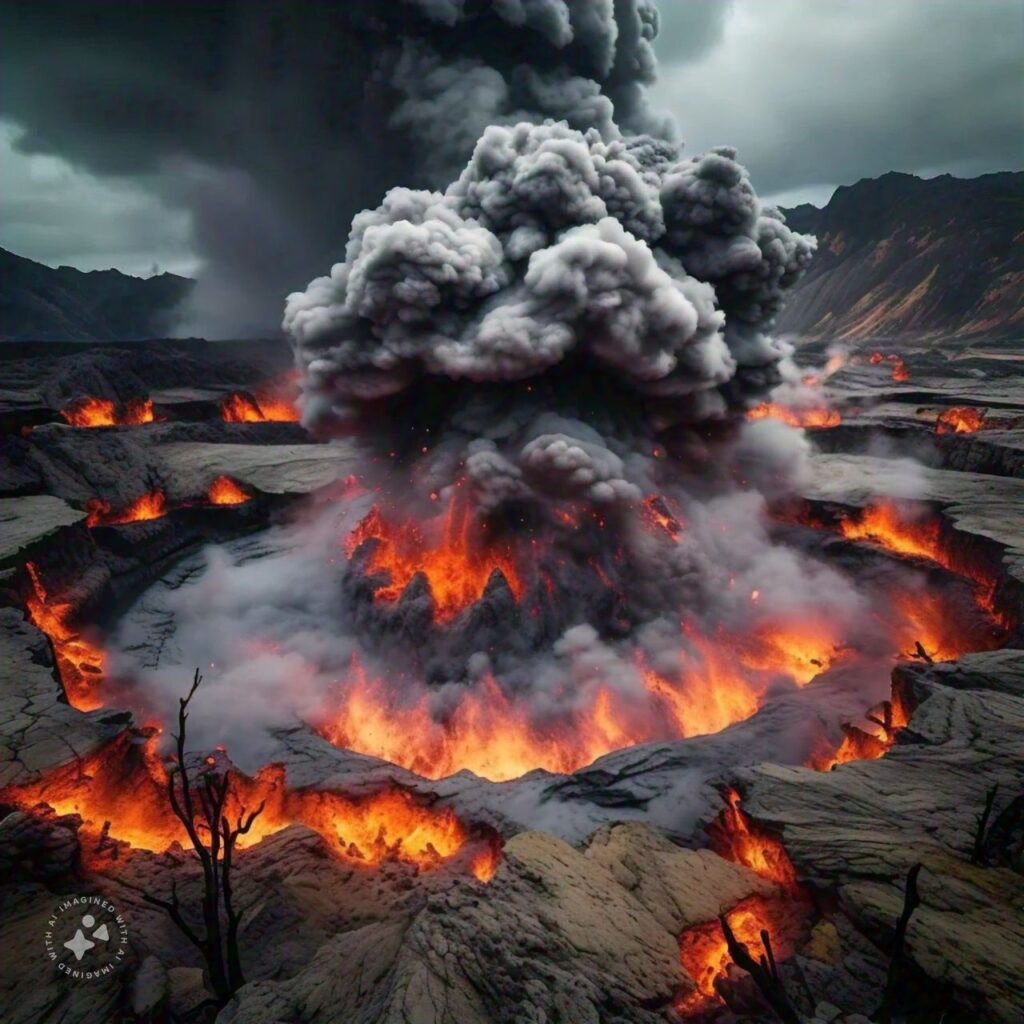
On Tuesday, a hydrothermal Explosion rocked Yellowstone National Park’s Biscuit Basin, destroying a boardwalk as many visitors raced for safety.
The eruption occurred around 10 a.m. local time in the Biscuit Basin thermal area, and it appears to have originated near Black Diamond Pool, according to the US Geological Survey. There were no immediate injuries.
The Biscuit Basin, boardwalk, and parking lots are closed to visitors for safety reasons until park geologists examine what happened, according to the USGS. The famous tourist destination is located about two miles northwest of Old Faithful.
According to the USGS, volcanic activity in the Yellowstone region is currently at normal levels.
“The boardwalk was demolished, and my mother got some debris, but everyone is safe. March commented, “Incredibly grateful to be alive.”
“Hydrothermal Explosion like today’s are not a sign of a forthcoming eruption of volcanoes and are not caused by magma rising toward the surface,” the United States Geological Survey said.
What is a hydrothermal Explosion?
According to Lisa Morgan, an emeritus USGS research geologist, hydrothermal Explosion occur when hot water in a volcanic system flashes to steam in a limited area, as reported in the Yellowstone Caldera Chronicles, a Yellowstone Volcano Research journal.
“One of the most important and least understood geologic hazards,” Morgan stated. When pressure drops suddenly, high-temperature liquids or vapors expand rapidly, forming craters.
Yellowstone is a global geologic hazard center that erupts twice a year, according to Michael Poland, the observatory’s scientific director.
Three of the world’s largest hydrothermal Explosion craters are located northeast of Yellowstone Lake. Mary Bay, a crater formed 13,000 years ago, is a mile and a half broad at its widest point; Turbid Lake is a mile across and developed 9,400 years ago; and Elliott Crater is over half a mile wide and formed 8,000 years ago.
According to the observatory, an eruption large enough to generate a football field-sized crater occurs every few hundred years.
According to Poland, eruptions can occur anywhere where there is hydrothermal activity. Other hot spots include New Zealand, Iceland, and Chile.
Has anyone been injured by hydrothermal vents?
Hydrothermal vents, as opposed to volcanic eruptions and earthquakes, provide a “low geological risk,” according to Poland.
Poland reports that the majority of explosions are tiny and unmonitored. For example, this spring, researchers uncovered a crater several feet wide in Yellowstone’s Norris Geyser Basin caused by the April 15, 2024 eruption.
The hydrothermal explosion did not kill or damage anyone, but “rock, mud, and boiling water pouring out—it’s not something you want to be around,” Poland said.
However, several recent eruptions produced unexpected effects.
Ear Spring, near Old Faithful, erupted in 2018, ejecting not only rocks but also debris dating back to the 1930s, including a ham beer can, an antique pacifier, a shoe heel, and dozens of coins.
In 1989, eight people witnessed the Porkchop Geyser surge from a 30-foot jet of water to 100 feet. According to Poland, the explosion damaged the hydrothermal pool’s porkchop shape and left a 30-foot crater. Nobody was wounded.
The USGS reported that another eruption occurred in Biscuit Basin on May 17, 2009.
Scientists are exploring how to forecast hydrothermal eruptions, although some question whether it is possible, according to Poland.